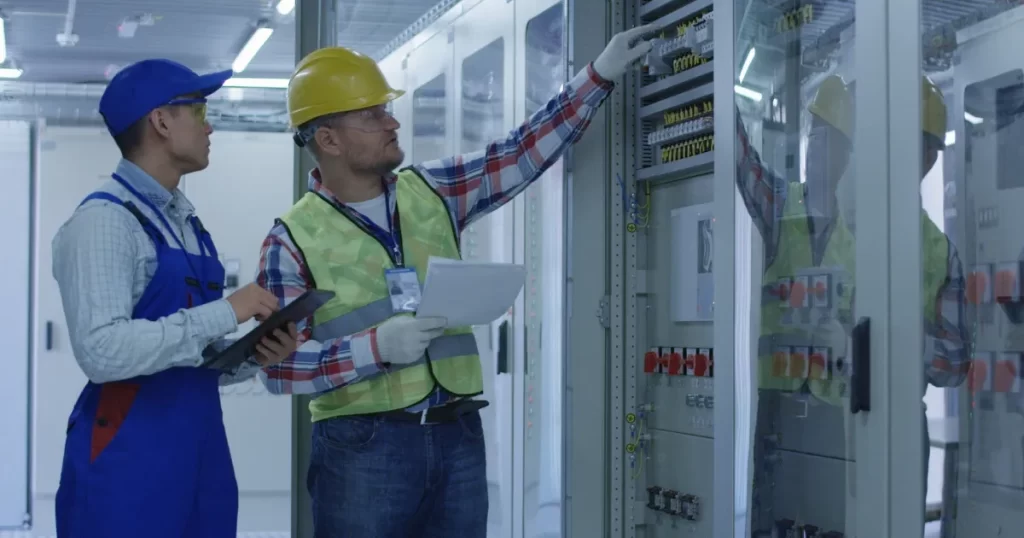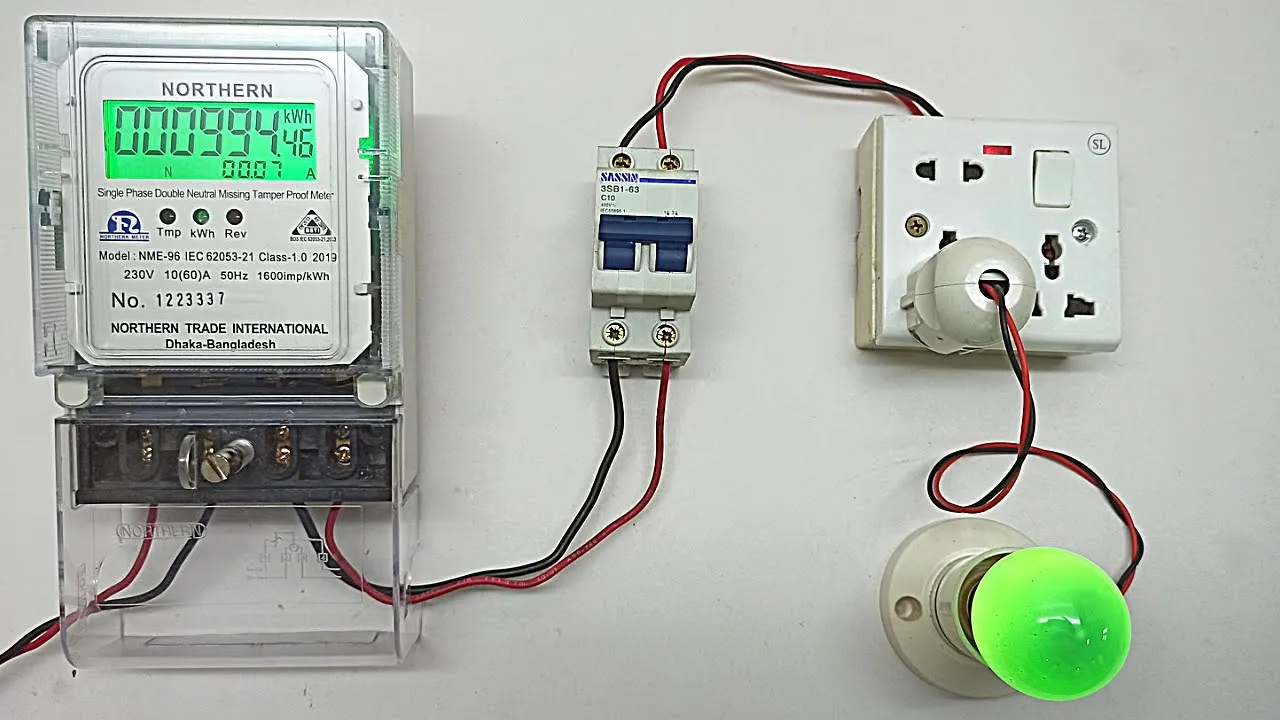Electricity is an essential part of our modern lives, powering our homes and appliances. However, its immense convenience comes with inherent risks. Electrical hazards can cause fires, injuries, and even death if not handled properly. To ensure the safety of yourself and your loved ones, it’s crucial to be proactive and implement a comprehensive electrical safety plan in your home.
This blog post serves as a valuable resource for homeowners, providing a detailed electrical safety checklist to identify and address potential hazards. By following these steps and remaining vigilant, you can create a safer living environment.
Electrical Safety Checklist for Homeowners

Recognizing the importance of a safe and secure living environment, this blog post presents a comprehensive Electrical Safety Checklist for Homeowners. This checklist outlines vital steps to identify and address potential electrical hazards within your home. Following these recommendations will empower you to create a proactive electrical safety plan, minimizing risks and ensuring the well-being of yourself and your loved ones. Remember, a little vigilance goes a long way in safeguarding your home from electrical dangers.
General Safety Measures:
- Visual Inspection: Regularly inspect all electrical outlets, switches, and cords for signs of damage, such as cracks, fraying, discoloration, or loose connections. If you notice any concerns, discontinue use immediately and replace the damaged component.
- Power Overloads: Avoid overloading outlets with too many appliances. This can cause overheating, potentially leading to fires. Utilize power strips with surge protection for multiple devices and ensure they’re properly rated for the appliances plugged in.
- Water Hazards: Keep all electrical appliances and cords away from water sources such as sinks, bathtubs, and showers. Water conducts electricity and significantly increases the risk of shock.
- Ground Fault Circuit Interrupters (GFCIs): GFCIs are lifesaving devices that interrupt the flow of electricity in the event of a ground fault, which can occur when water comes into contact with electrical wiring. Install GFCI outlets in bathrooms, kitchens, laundry rooms, and any other potentially wet areas. Test your GFCI outlets monthly by pressing the test and reset buttons.
- Extension Cords: Extension cords are meant for temporary use, not as a permanent solution. When necessary, use only heavy-duty extension cords with the proper wattage rating for the appliance you’re using. Avoid running cords under carpets or rugs, as this can cause overheating.
- Appliance Safety: Always unplug appliances before cleaning or performing maintenance. Additionally, refrain from using appliances with frayed cords or damaged plugs.
Specific Room Safety:

- Kitchen: Inspect appliance cords for damage from frequent use. Ensure toaster ovens, microwaves, and other countertop appliances have adequate space for ventilation to prevent overheating.
- Bathroom: Never use hair dryers or other electrical appliances near bathtubs or showers. Utilize GFCI outlets for all bathroom fixtures.
- Living Room: Avoid overloading entertainment centers with electronics. Ensure proper ventilation for TVs, gaming consoles, and other devices.
- Bedroom: Keep electrical cords away from heat sources like lamps and space heaters.
- Laundry Room: Inspect washing machine hoses for cracks or leaks. Ensure the dryer vent hose is properly connected and not clogged.
Additional Safety Tips:
- Smoke Detectors and Carbon Monoxide Detectors: Install smoke detectors and carbon monoxide detectors throughout your home and ensure they are functioning properly. These devices can provide crucial early warnings in the event of a fire or electrical malfunction.
- Electrical Panel: Locate your home’s electrical panel and familiarize yourself with its shutoff switch. This knowledge can be critical in emergency situations. However, never attempt to work on the electrical panel yourself.
- Hiring a Qualified Electrician: For any major electrical work, repairs, or installations, always hire a licensed and qualified electrician. This ensures the work is completed safely and adheres to all local electrical codes.
What NOT to Do When Dealing with Electrical Issues:
- Ignoring Warning Signs: Don’t disregard any signs of electrical trouble, such as flickering lights, buzzing sounds, or sparks. These issues require immediate attention.
- DIY Electrical Work: Unless you are a licensed electrician, never attempt to fix electrical problems yourself. This can be extremely dangerous and lead to serious injury or even death.
- Using Damaged Electrical Equipment: Never use appliances, cords, or outlets that show signs of damage. Replace them immediately to prevent potential hazards.
Important Note on Connecting a Home Electricity Meter

It’s crucial to understand that connecting a home electricity meter is a complex and potentially dangerous task. Due to the high voltage involved, this work should only be undertaken by a qualified electrician. Attempting to connect a meter yourself can lead to serious injury or death.
If you’re interested in learning more about the process, a qualified electrician can provide a general overview. In essence, connecting a meter involves disconnecting the main power supply, installing current transformers around the main service conductors, and connecting them to the meter. However, this is a simplified explanation, and the actual process requires expertise and specialized tools.
